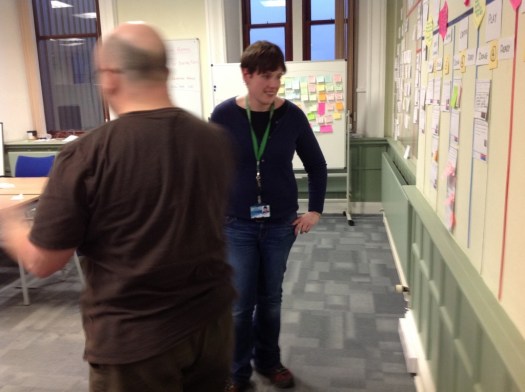Reading Time: 2 minutesIn a previous post, I said that big design up-front was a recipe for disaster.
And it is. So what’s the alternative?
The answer is not to plan less, but to plan more.

Just don’t do it all at once. Plan the next week or two, do what you planned, and learn something.
We plan a lot. But we do it in small chunks. Lego-sized. Frequently. And regularly.
Because we recognise that the future is uncertain. We can’t predict it.
It’s pretty simple really. Don’t pretend that you know what will be happening in six months’ time. Accept that you won’t.
And move your planning cycle into a place where you can have some degree of certainty,
It’s like the weather forecast. We know what will happen in the next few hours with pretty-much 100% certainty.
After that, things get fuzzy. The weather next week looks cold, but that could change tomorrow.
And after that … well, the weather forecast two weeks from now is pretty much wishful thinking, even with the best brains and massive computation that the met office can throw at it.
This is what we’re about; what can we get done in the next week or two?
What can we get out there in front of actual people?
What will they do with it? And, in two weeks’ time, what will we do with that?
* If anyone got this far, the headline is a line from an Andrew Greig poem. My interpretation of it is that the thing pointing the direction we’re travelling in is not so important; where we’re heading for is.













